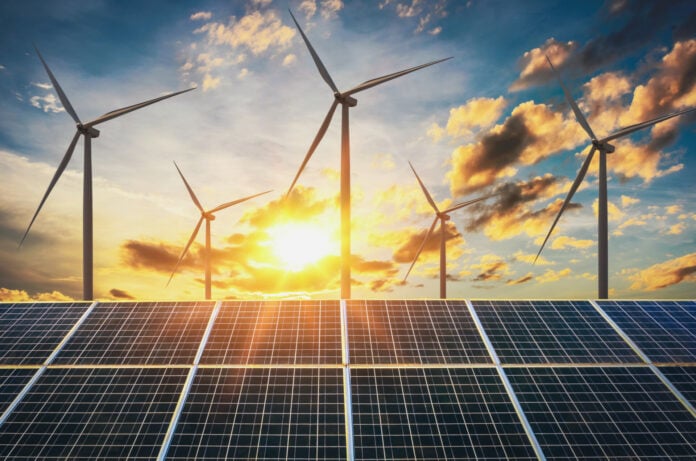Global solar and wind energy installations have been on the rise in recent years as efforts for the so-called “green transition” are in full swing.
Thus, for the first time, the contribution of renewable sources to the production of electricity, in the global energy mix, exceeded the level of 30%, according to data from the Ember energy research center.
The drought hit hydropower
Energy from renewable sources climbed from 19% in 2020 to at least 30% in 2023. The percentage of “clean” energy would be even higher if hydroelectric generation had not fallen to a five-year low due to droughts, particularly in China.
Enhanced contribution of photovoltaics and wind turbines
Photovoltaic and wind installations contributed 13.4% of the electricity produced internationally and the remaining percentage of “clean” energy came from other renewable sources, notably hydroelectric plants. The percentage of energy from clean sources in the mix did not exceed 2% in 2010.
For Ember, this increase could allow the world, “possibly as early as this year,” to drastically reduce energy production by burning fossil fuels.
A turning point in history
“The reduction of energy sector emissions is now inevitable,” noted Ember expert Dave Jones, who said “2023 may have been (…) a turning point in the history” of electricity generation.
However, “the pace of emissions reduction will depend on the speed with which the renewable energy revolution continues,” he added.
States committed at the UN climate summit at the end of 2023, COP28, to act to triple the global generation potential from renewable energy sources by 2030. This would allow the contribution of renewable sources to the global energy mix to reach 60%, Ember pointed out.













